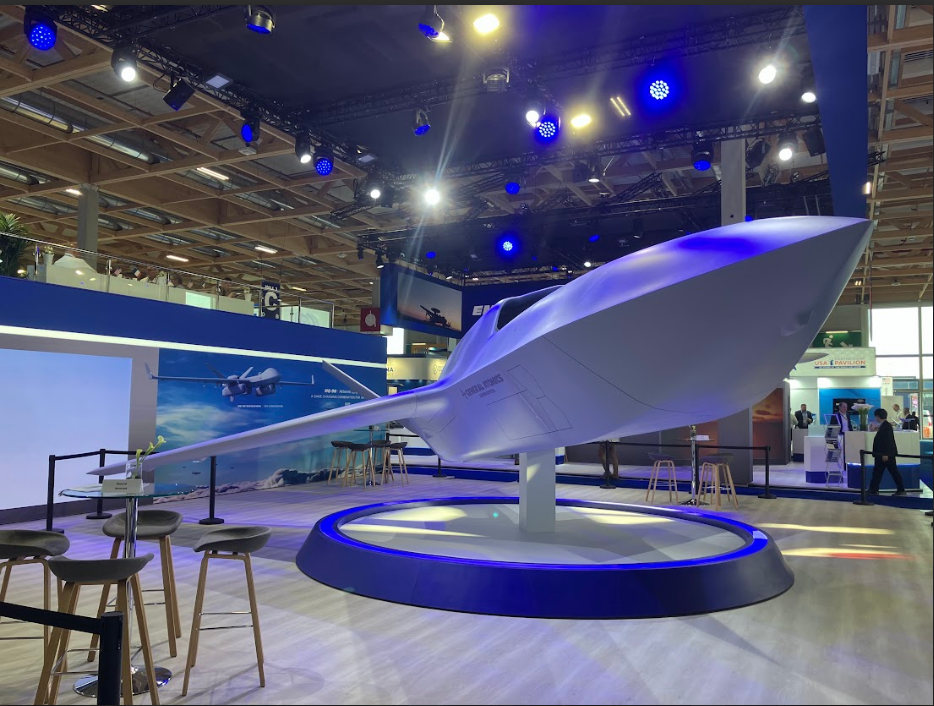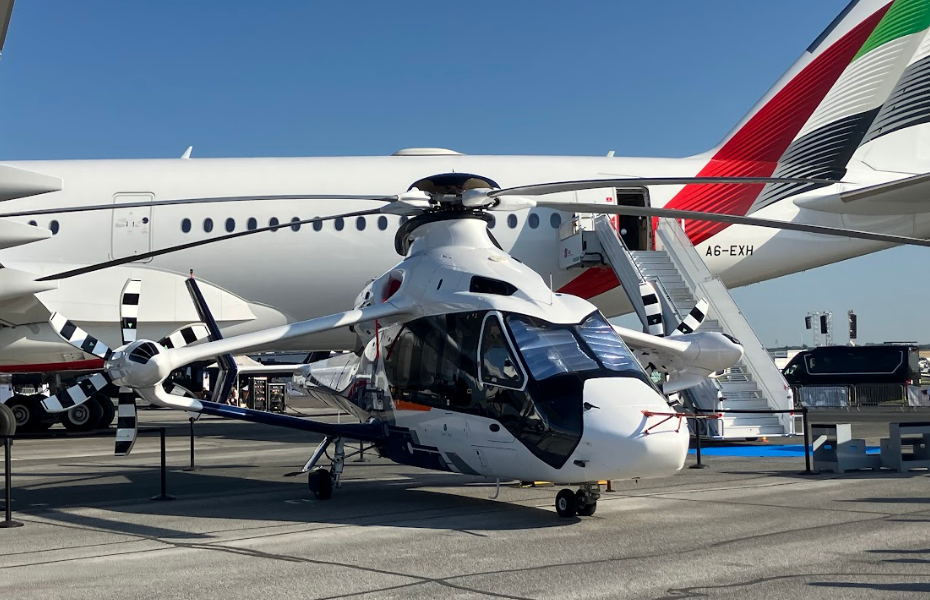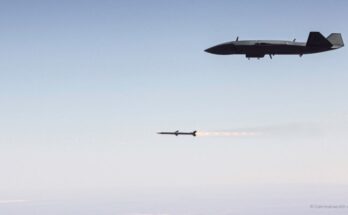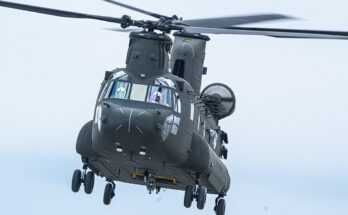
Despite a traditional focus on commercial aerospace, the 2025 Paris Air Show opened under defense-related controversy. Host nation France’s decision to shut down the displays of Israeli defense companies, Elbit Systems, IAI, Rafael, and Uvision, generated the show’s leading storyline. The move was rooted in pre-show disagreements over prohibiting the exhibition of attack or “offensive weapons.”
The controversy stood in contrast to the remaining show halls where there was no shortage of military equipment and weapons systems featured by a wide range of international exhibitors.
Global armed conflict was an increasingly unavoidable backdrop with the ongoing war in Ukraine, exchanges between India and Pakistan, hostilities in Gaza, and just days before the event, an Israeli strike on Iran’s nuclear infrastructure.
As the show concluded at Le Bourget, the U.S. entered the fray with a bold air strike using Missouri-based B-2 bombers to deliver the first combat employment of the GBU-57 penetration bomb against hardened Iranian nuclear targets. In the aftermath, a U.S.-backed ceasefire was brokered, but Iranian and Israeli tensions remain fraught.
Against this backdrop, defense emerged as a crucial theme. The question of European security independence gains urgency as NATO members confront growing instability and uncertainty over the Trump administration’s direction in the Middle East.
Military Aerospace Dynamics
American exhibitors signaled strong interest in capitalizing on European intent to grow defense spending. Likewise, European- and Asian-based defense companies were eager to present expanding portfolios and collaborative agreements.
Fixed-wing military transport and special mission aircraft struck early–Lithuania announced the Embraer C-390 as its future multi-mission airlift joining a growing list of NATO user countries. France committed to procuring two GlobalEye Airborne Early Warning and Control (AEW&C) platforms through Saab, based in Sweden, NATO’s newest member.
While Boeing stayed largely quiet on its sixth-generation F-47 fighter, likely due to the company’s subdued tone following the Air India 787 tragedy, Europe’s next-gen fighter efforts delivered on updates.
The Global Combat Air Program (GCAP) saw U.K.’s BAE Systems, Italy’s Leonardo, and Japan’s JAIEC formalize a joint venture, Edgewing, to keep the program on track for a 2035 service entry. Meanwhile, the rival FCAS effort—backed by France, Germany, and Spain—continued to show signs of internal friction, with Airbus and Dassault publicly at odds over workshare, casting doubt on the program’s viability.
UCAVs Take the Stage

Beyond the invitation-only chalets, Unmanned Combat Aerial Vehicles (UCAVs) and uncrewed systems featured prominently in the exhibit halls. Though initially anticipated to showcase European efforts, American firms stepped up to signal their intent to compete abroad. General Atomics and Anduril, both participants in the U.S. Air Force’s Collaborative Combat Aircraft (CCA) program, are seeking export licenses for their modular loyal wingmen drones tailored for European customers.
Notably, Anduril displayed its YFQ-44A Fury in Hall 4, traditionally for international exhibitors, and announced a partnership with Rheinmetall to produce a European variant of the drone—clear evidence of a move toward the global market.
American start-up Shield AI also released a teaser of introducing a “next-gen aircraft” in September. Potentially, Shield AI could be looking to expand its portfolio into the growing Group 5 UCAV segment.
On the European front, France’s Dassault debuted a model of its uncrewed combat air system (UCAS) designed to operate as a stealth loyal wingman alongside Rafale F5 fighters over the next decade. However, American UCAVs appear positioned for fielding before Dassault’s UCAS.
Next-Gen Rotorcraft Momentum

With a final turn toward future rotorcraft, players in NATO’s Next Generation Rotorcraft Capability (NGRC) program emerged on the flight line. Airbus’ Racer, a compound rotorcraft with dual prop pushers, performed flight demonstrations. Racer is working toward eco mode testing, a concept to offline one engine to improve cruise flight efficiency.
Sikorsky brought its S-97 Raider on static display to demonstrate its coaxial rotor technology for high-speed flight. Alongside Leonardo, Airbus and Sikorsky are working on NGRC conceptual studies due to NATO officials in September with a major contract on the line at the end of the decade to replace nearly 1,000 NATO helicopters.
This year the Paris Air Show reflected the increasing pace of worldwide military events and related technological developments. Security remains top of mind for ministries of defense and industry partners that face modernization requirements and resource balancing amid an evolving geopolitical and economic landscape.
For over 50 years, Forecast International has been the trusted source for in-depth military aircraft market intelligence. Our reports equip decision-makers with accurate research, analysis, and projections, crucial for navigating this dynamic sector. Gain strategic insights with our detailed reports, featuring 15-year production forecasts and 10 years of historical data covering fighters, transports, trainers, and special mission aircraft. Empower your decisions. Learn more: Military Aircraft Forecast
A former naval officer and Seahawk helicopter pilot, Jon currently leads the Military Aerospace and Weapons Systems group at Forecast International. He specializes in current and emerging military fixed and rotary-wing aircraft. With over a decade of experience in military aviation, operations, and education, he forecasts a diverse range of defense and naval systems.
Influenced by his time as a former Presidential Management Fellow and International Trade Specialist at the Department of Commerce, Jon gained insights into government operations and global markets.
Before joining Forecast International, he served as an NROTC instructor and Adjunct Assistant Professor at the University of Texas, teaching undergraduate courses in naval history, navigation, defense organization, and naval operations and warfare.



